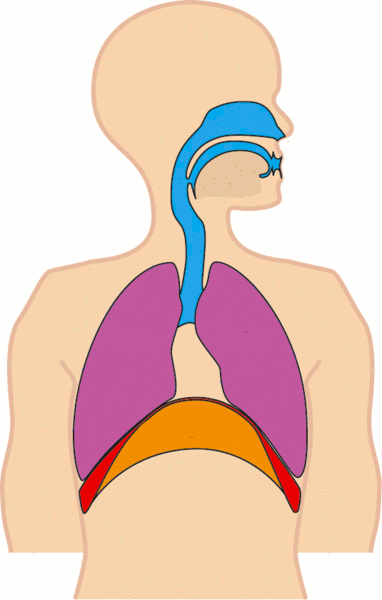I often tell meditation students that there is no perfect place to meditate. We meet in a beautiful, serene room -- where we hear yoga students "ommming" in the studio next door, the beeping of the crosswalk sinal, and the skateboarders in the parking lot.
But last weekend I was in a place that was as good as it gets: A former Shaker mill in upstate New York. The room where we practiced had wide, worn wooden floors and large windows that opened onto a view of trees whose leaves were kissed with yellow. A brook flowed down the hill, providing the constant -- yet constantly changing -- sound of water flowing over rocks that spas and therapists try to simulate with fountains to borrow its calming effect.
We were doing body-centered practices, relaxing into the earth, listening to the voices of nature, feeling our toes, one by one, and it was as smooth as the floors that had seen a hundred years of wear. We went outside for walking meditation, filing silently to a relatively level place beside the brook. And we were met by the buzz of chainsaws.
People on the neighboring property were cutting down trees, massive trees that had stood for years and years. As I reached one end of the path, getting ready to turn back, there was a mighty crash as a tree hit the earth. Before we went back inside, another tree was down, thudding its weight into the ground.
Back on our cushions, the leader dinged a bell. "Chainsaw meditation," he said.
People obviously had strong feelings about what happened. Some simply stopped and stared at people with the chainsaws, angry expressions on their faces. My feelings were mixed. We'd just taken down a tree at our house that was dying (and planted a new one), and I'd gotten in the habit of noting dead branches on trees as I moved through the world. There was a tree along the stream that was dead and dry and undoubtedly will fall into the water this winter when the weight of the snow settles on it. That, in turn, will change the stream in some way.
I'd been to this same center in the spring -- the teachers and other students were all different, the water in the brook was higher, the leaves were new, not getting ready to die.
Everything changes -- the yoga class moves on to stretching silently, the crosswalk stops beeping and traffic moves, the chainsaws finish their work for the day. Meditation is about becoming aware of what's there in the moment -- the external phenomena, the internal thoughts, and the interplay between the two -- and resting in the awareness that says, "right now, it's like this." That's where calm and wisdom abide.
When we speak of "calm abiding," we are not referring to a calm situation, such as meditating in a quiet, beautiful place. We are speaking of a mind that stays steady in the midst of fluctuating circumstances. -- Yonge Mingyur Rinpoche























 I
appreciated that final phrase -- "allow yourself to be helped by
others" -- since that's a part of being a whole human being I skip over.
That also means speaking up when you need/want help (it's OK to help
with something that you technically don't need help with) because other
people don't necessarily know what's going on in your head.
I
appreciated that final phrase -- "allow yourself to be helped by
others" -- since that's a part of being a whole human being I skip over.
That also means speaking up when you need/want help (it's OK to help
with something that you technically don't need help with) because other
people don't necessarily know what's going on in your head.


